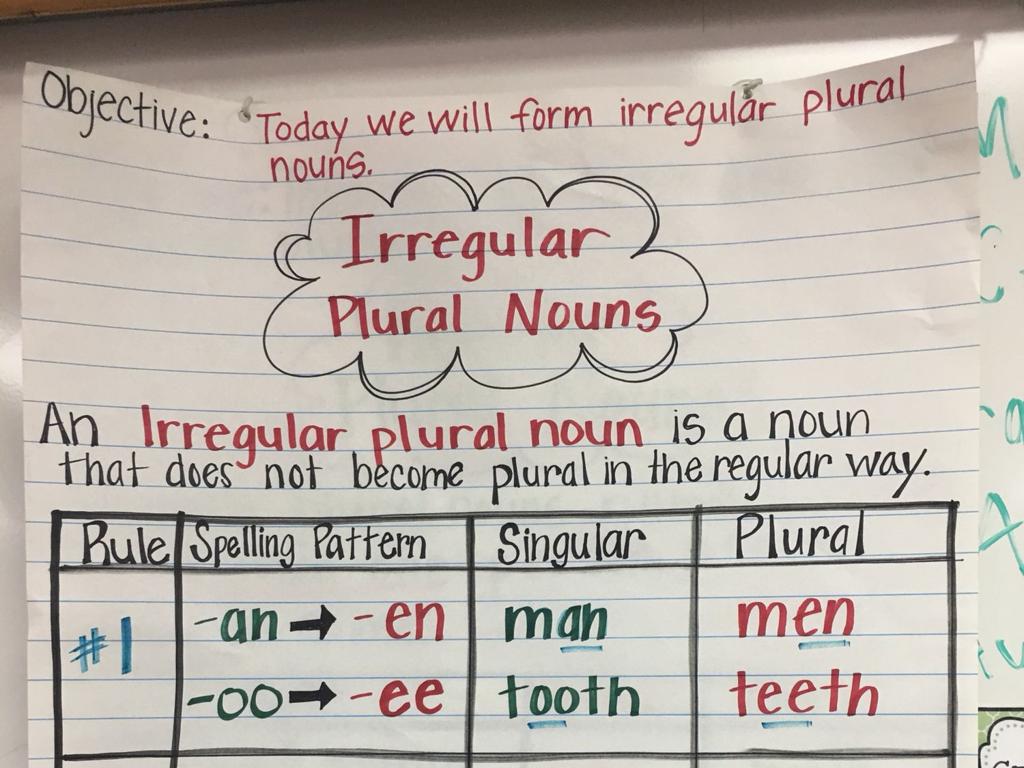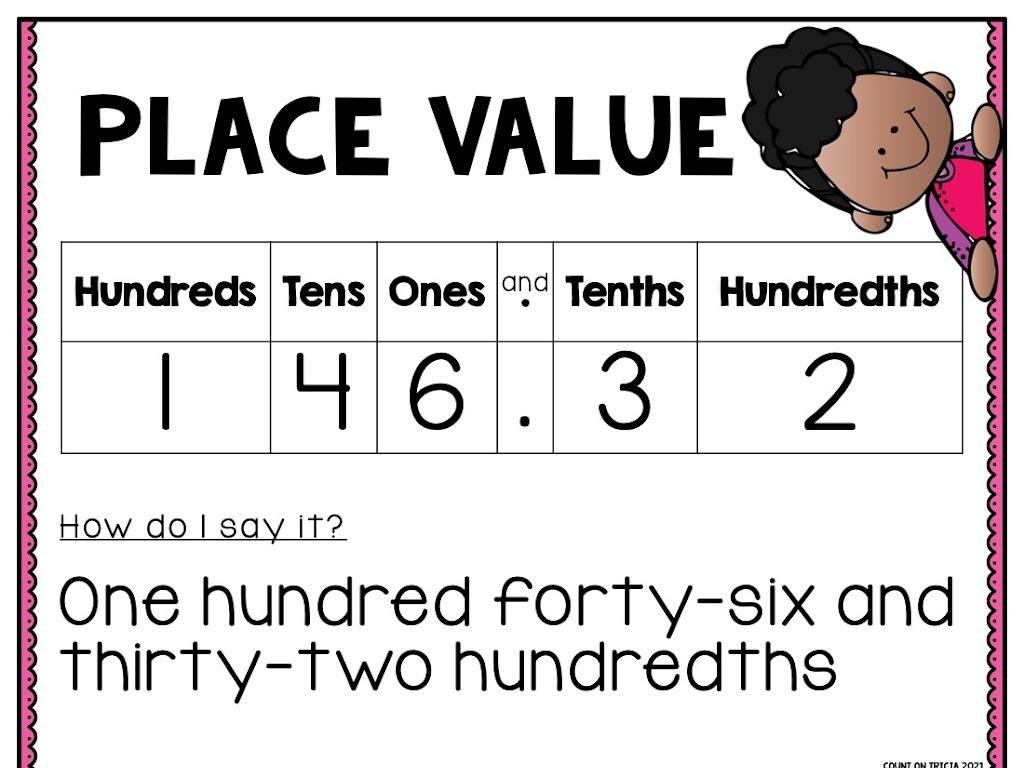Use The Correct Modal Verb
Subject: Language arts
Grade: Fourth grade
Topic: Verb Types
Please LOG IN to download the presentation. Access is available to registered users only.
View More Content
Exploring Modal Verbs
– Welcome to Language Arts!
– Today’s focus: Modal Verbs
– Modal verbs are special helpers in a sentence
– Modal verbs express possibility
– ‘Can’ for possibility: ‘It can rain today.’
– They also show ability, permission, obligation
– ‘Can’ for ability: ‘I can swim.’; ‘May’ for permission: ‘May I go out?’; ‘Must’ for obligation: ‘You must do your homework.’
|
Begin the class with a warm welcome and introduce the concept of modal verbs, ensuring to emphasize their role in expressing different nuances like possibility, ability, permission, and obligation. Use examples that are relatable to fourth graders, such as talking about the possibility of weather changes, their own abilities like swimming or riding a bike, asking for permission in daily life, and their daily responsibilities or obligations. Encourage the students to think of their own examples and understand that modal verbs are used to add meaning to the main verb in a sentence.
Understanding Modal Verbs
– Modal verbs help the main verb
– They add meaning like ability or permission
– Common modals: can, could, may, etc.
– ‘Can’ for ability, ‘may’ for permission
– Modals stay the same for all subjects
– Unlike ‘plays’ vs. ‘play’, modals don’t change
– Examples: I can swim, She can swim
– Notice ‘can’ is used with both ‘I’ and ‘She’
|
This slide introduces modal verbs, which are auxiliary verbs that express necessity, possibility, permission, or ability. Emphasize that modal verbs are unique because they do not change form based on the subject. Provide examples for each modal verb to illustrate their use in different contexts. For instance, ‘can’ indicates ability, while ‘may’ suggests permission. Highlight that regardless of the subject, the modal verb remains the same, which is different from how regular verbs conjugate. Encourage students to think of situations where they might use each modal verb and to practice using them in sentences.
Using ‘Can’ and ‘Could’
– ‘Can’ shows ability or possibility
– Like saying ‘I can dance!’ means you know how to dance.
– ‘Could’ is past tense of ‘can’
– If you did something before, like ‘I could jump higher when I was younger.’
– ‘Could’ for polite requests
– When you want to be nice and offer help, say ‘Could I help you with your homework?’
– Let’s see some examples!
|
This slide introduces the modal verbs ‘can’ and ‘could’ to express ability, possibility, and polite requests. Emphasize that ‘can’ is used in the present to show what someone is able to do or what is possible. ‘Could’ is the past form of ‘can’ but is also commonly used to make polite requests or offers. Provide examples to illustrate the use of ‘can’ and ‘could’ in sentences. Encourage students to think of their own examples and understand the difference in usage between the two. Practice with the class by asking them to convert sentences from ‘can’ to ‘could’ and vice versa to reinforce the concept.
Understanding ‘May’ and ‘Might’
– ‘May’ for permission or likelihood
– ‘May I go to the restroom?’ shows asking for permission.
– ‘Might’ for lower chances
– ‘I might go to the party’ shows it’s not certain.
– Example: ‘May’ in action
– Example: ‘Might’ in action
|
This slide aims to help students differentiate between ‘may’ and ‘might.’ ‘May’ is used when asking for permission or suggesting a good possibility of something happening. For example, ‘You may speak now’ or ‘She may come to the party.’ On the other hand, ‘might’ indicates a lower probability of an event occurring, such as in ‘It might snow tomorrow.’ Provide students with scenarios where they can practice using ‘may’ and ‘might’ to express permission, possibility, and probability. Encourage them to come up with their own sentences and share with the class to reinforce their understanding.
Using Modal Verbs: Must, Shall, Should
– ‘Must’ for obligation or necessity
– ‘Must’ shows something very important or required, like ‘You must brush your teeth.’
– ‘Shall’ for future actions
– ‘Shall’ is more formal, like ‘You shall receive a medal.’
– ‘Should’ for advice or suggestions
– ‘Should’ is like a friendly tip, such as ‘You should wear a helmet.’
– Practice with examples
|
This slide introduces the modal verbs ‘must’, ‘shall’, and ‘should’, which help express different levels of necessity and advice. ‘Must’ indicates a strong obligation or something that is necessary. ‘Shall’ is a formal way to talk about the future, often used in rules or laws. ‘Should’ is used to suggest something that is a good idea but not mandatory. Provide examples to illustrate each modal verb in context, and encourage students to come up with their own sentences using ‘must’, ‘shall’, and ‘should’. This will help them understand the usage and importance of each modal verb in expressing different meanings.
Understanding ‘Will’ and ‘Would’
– ‘Will’ for future actions
– Use ‘will’ when talking about something you plan to do, like ‘I will study tonight.’
– ‘Would’ for hypotheticals
– Imagine a situation that isn’t real, like ‘I would fly if I had wings.’
– ‘Would’ for polite requests
– When asking for something nicely, say ‘Would you help me with homework?’
– Practice with examples
|
This slide introduces the modal verbs ‘will’ and ‘would,’ focusing on their usage in different contexts. ‘Will’ is used to indicate a decision at the moment of speaking about a future action, while ‘would’ is used for hypothetical situations or making polite requests. Provide examples to illustrate the use of ‘will’ for immediate decisions or promises about the future, and ‘would’ for imagined scenarios or to ask for something courteously. Encourage students to come up with their own sentences using ‘will’ and ‘would’ to reinforce their understanding. Practice with examples will help solidify the concept.
Using Modal Verbs Correctly
– Modal verbs in full sentences
– No ‘to’ after modal verbs
– Example: She might go to the party
– ‘Might’ is the modal verb. No ‘to’ before ‘go’.
– Practice creating sentences
– Think of what you could, should, or might do today!
|
This slide is aimed at helping fourth-grade students understand the correct use of modal verbs within sentences. Modal verbs, such as can, could, may, might, must, shall, should, will, and would, are used to indicate likelihood, ability, permission, and obligation. It’s crucial to note that unlike other verbs, modal verbs do not require ‘to’ before the next verb in a sentence. For example, ‘She might go to the party’ is correct, while ‘She might to go to the party’ is incorrect. Encourage students to create their own sentences using modal verbs to describe what they can do, what they might do on the weekend, or what they should do for homework. This practice will reinforce their understanding and help them remember the rule.
Class Activity: Modal Verb Charades
– Play charades with modal verbs
– Each student acts out a sentence
– Sentences like ‘I can swim’ or ‘She might come’ are good examples
– Guess the modal verb used
– Look for actions that show possibility, ability, or permission
– Have fun while learning
|
This activity is designed to help students understand and practice using modal verbs in a fun and interactive way. Modal verbs express necessity, possibility, permission, or ability, and are an important part of sentence structure. Prepare a list of sentences that include modal verbs like ‘can’, ‘might’, ‘should’, ‘must’, etc. Each student will take turns acting out their given sentence without speaking, while the rest of the class tries to guess the sentence based on the actions. This will help students to associate modal verbs with their meanings and uses. Possible sentences for the activity: ‘You must be quiet in the library’, ‘He can play the guitar’, ‘They might go to the park if it’s sunny’, ‘She should do her homework before watching TV’.






